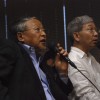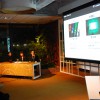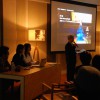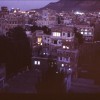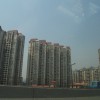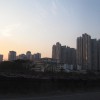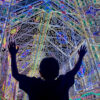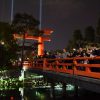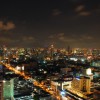17 October
During the year 2008-2009 the Lighting Detectives are hosting a three-part Salon Series focused on “Residential Lighting: Past, Present, and Future.” Part 2 of the series titled: “Is the Incandescent Lamp being Phased Out?” picked apart this current event from many different angles, including the environment, technology, psychological, physiological, design, and cultural implications.
by: hiroyuki miyake
Discontinuation of the Incandescent Lamp!
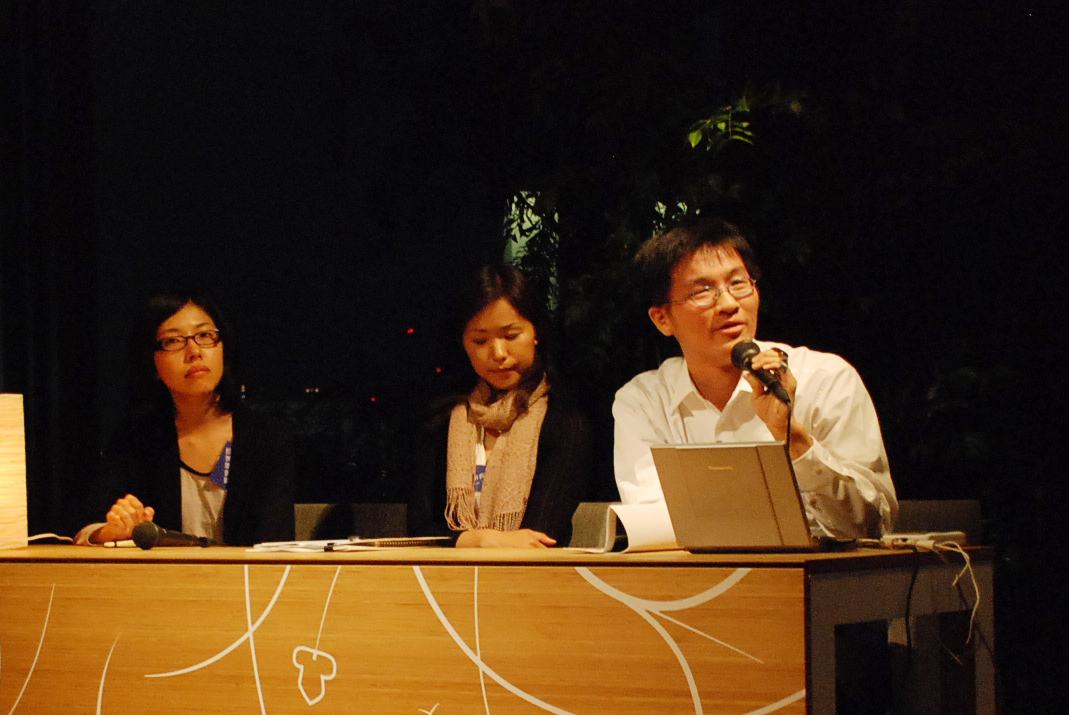
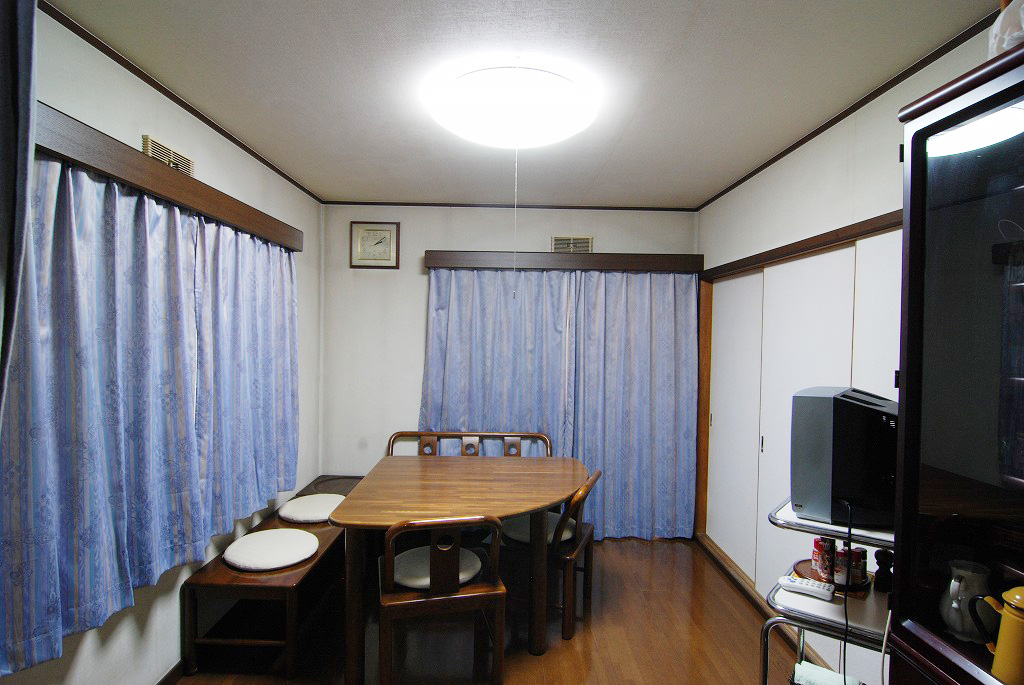
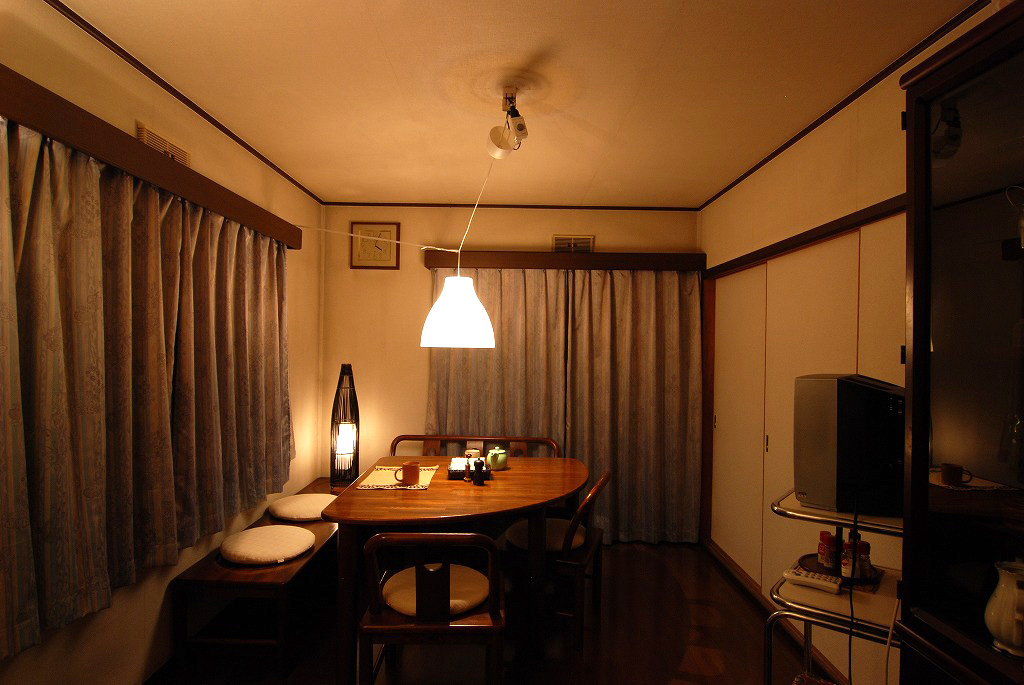
On May 14th, 2008 Toshiba used a two-page spread advertisement in a major newspaper to announce the discontinuation of incandescent lamp production. I think this is the first time that a light bulb has had this much press attention! Several years ago the government and different organizations started a campaign to replace incandescent bulbs with compact fluorescent lamps and now their production is in jeopardy. This is a revolutionary change for the lighting industry.
Should the incandescent lamp be phased out?
Electronic stores, mass media, and Internet users are voicing their discontent with the incandescent lamp with statements on how switching light bulbs is so ecological. However, the Lighting Detectives are not ready to throw away the incandescent lamp that easily. So we decided to investigate the reality of the incandescent lamp and then use actual homes in an incandescent lamp experiment to help validate our concerns and conclusions for salon part 2 of 3 in our residential lighting salon series.
Special Guest from the Lighting Manufacturing Industry
Guest speaker, Panasonic Electric Works Central Lighting Engineer, Mr. Wataru Iwai joined our team with a presentation on the development of a sensation-of-room-brightness index “Feu.” We specifically chose Mr. Iwai for his engineering background to discuss this issue from a different point of view and maybe help us make some new discoveries. Mr. Iwai`s presentation tools included a huge mysterious box (which I will explain later.) for an almost standing-room only gallery.
Lighting Detective Investigation & Claim
We first asked the audience “Which households used incandescent lamps as their main source of light?” Of which about one-third of hands were raised, much greater than the average Japanese household. After comparing and contrasting the pros of both incandescent lamps and compact fluorescent lamps we asked tougher questions. How much of the energy from an incandescent lamp actually goes to waste? We compared this to brightly lit vending machines and convenience stores. The result was the use of incandescent lamps used slightly more energy. But, compared to the number of compact fluorescent lamps used in the average household, this equals a slightly higher output of energy then the use of incandescent lamps.
The bulk of our investigation took part in visiting individual homes for an incandescent lamp experiment. We peaked at how light was actually used in living room and dining room settings, and then made temporary changes with incandescent lamps as the main source of light. At full capacity energy consumption is high, but if dimmed to a comfortable setting, energy consumption is dramatically decreased. Participants in the experiments liked the atmosphere the new lighting created and after a little while were not bothered by the slightly dimmer lighting scenes. There are times for bright lights, but in the average residential setting, a more relaxed lighting design also leads to tranquility and energy conservation.
Mr. Iwai is actually a fan of the incandescent lamp?!
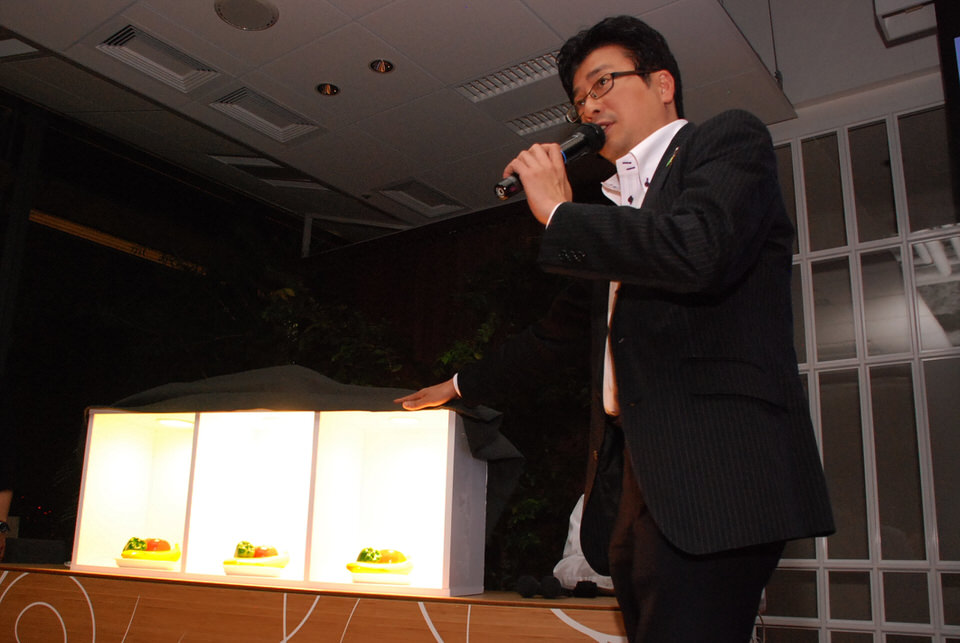
As an engineer, special guest Mr. Iwai had a rich supply of data and an excellent layman’s explanation of go with it. As it turns out, Mr. Iwai is also against the discontinuation of incandescent lamps. After explaining many engineering and physiological reasons, he used his huge mysterious box to show the audience actual samples of light. In the box there were three different light sources, LED, incandescent lamp, and compact fluorescent lamp, shining on the same sample of plastic fruit. When all three were shown together, the differences were obvious, but separately there wasn’t anything too nauseating. Through this simple experiment, we could visibly see how the color rendering properties of compact fluorescent lamps and LED`s are getting closer and closer to the incandescent lamp. When tested on the strength of the incandescent lamp, dim-ability, the LED dimmed fine without changing color, but it wasn’t a comfortable darkness, more to the likeness of a creepy cemetery. When an incandescent lamp is dimmed the reddishness of the light increases, for a relaxing and warm darkness. Therefore, lamps cannot be appraised on energy-efficiency (lm/W) alone, but we need to take measures to contain the overall brightness of our society to appropriate levels through lighting scene changes for more comfortable living environments. We specifically wanted to emphasize that to do this there is not a lamp on the market that can beat the incandescent lamp. We hope that through our presentations, based on facts and experience, we successfully persuaded the audience.
Reflections on Words
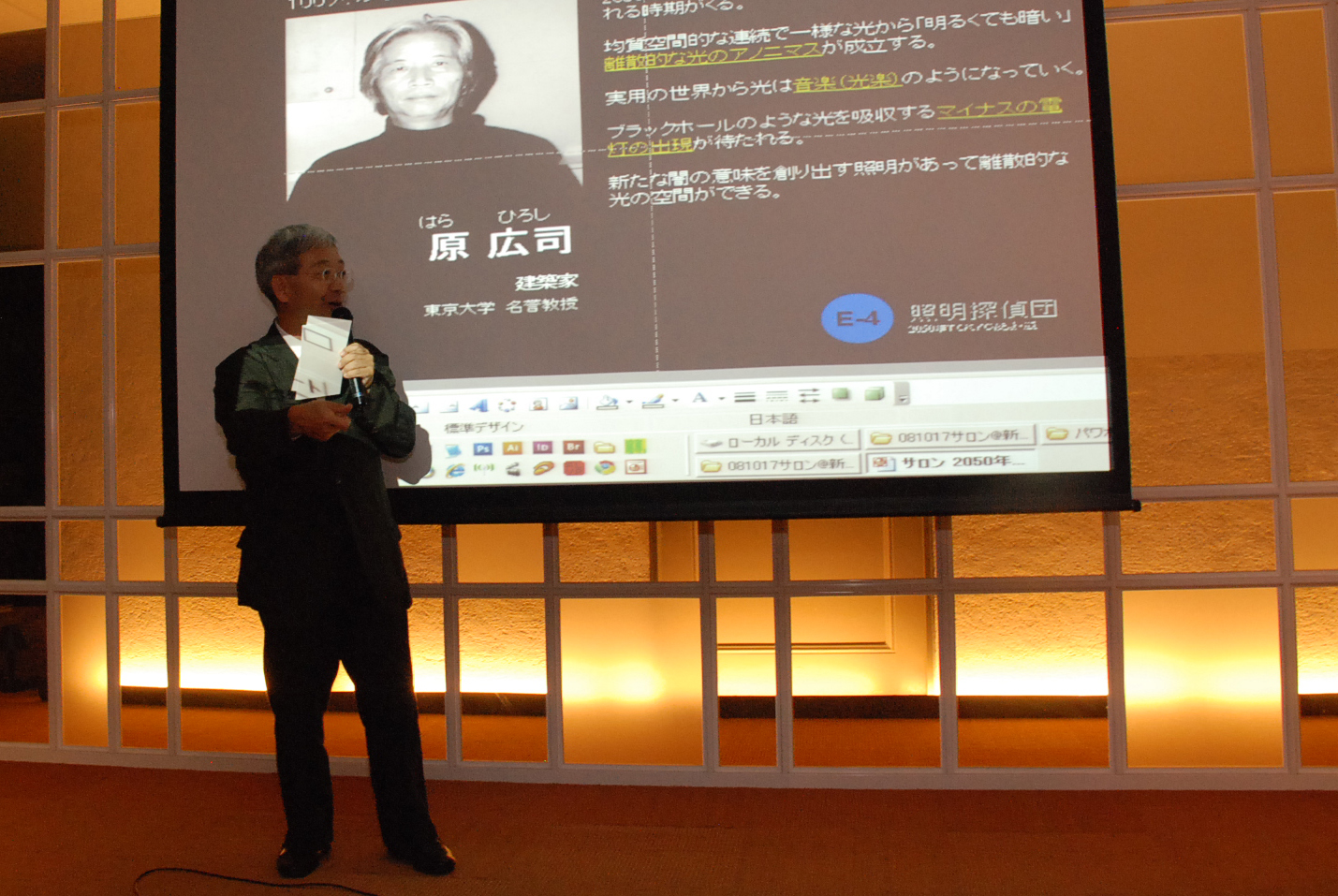
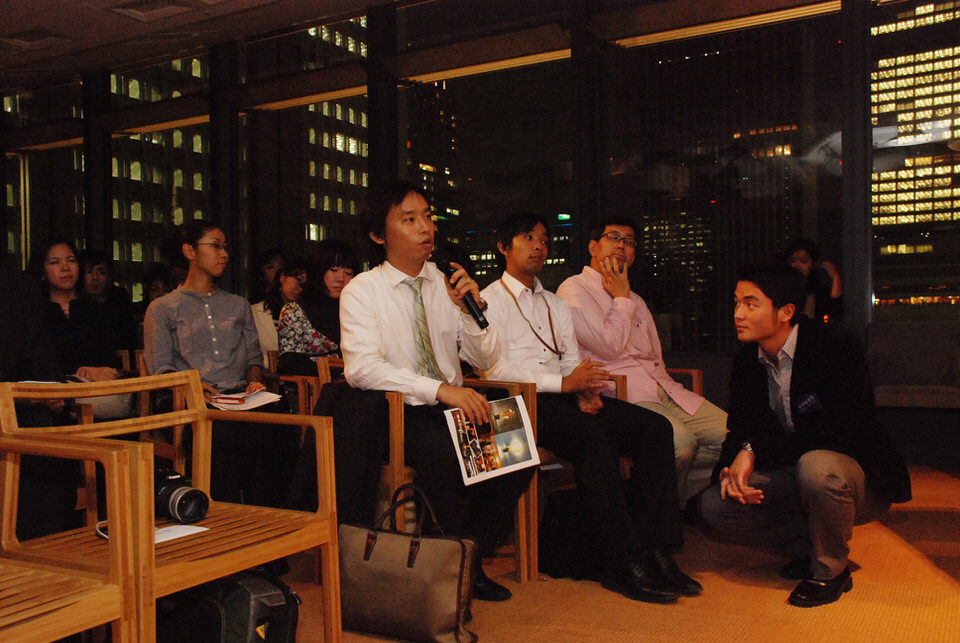
Finally, we again presented opinions and assessments on the future of lighting from different industry leaders that the Lighting Detectives had collected several years ago for the Tokyo Nighgtscape 2050 Exhibit. This opened the door for a larger discussion on the topic, not only about the assessment of brightness, but expectations concerning specific urban scenery. The audience was eager to ask Mr. Iwai questions, as this issue is of most concern in today’s society.
What do we want from light?
I don’t think it is just brightness that we seek, but relaxing light and light to make this world a more beautiful place, that is was we seek. However, this very quiet and subtle reflection of light makes its existence so fragile and we strongly believe that the incandescent lamp is here to enrich our lives and souls. Through this salon we are certain that an alternative, responsible use of incandescent lamps, still exists and can lead to energy conservation and rich everyday lighting environments.





